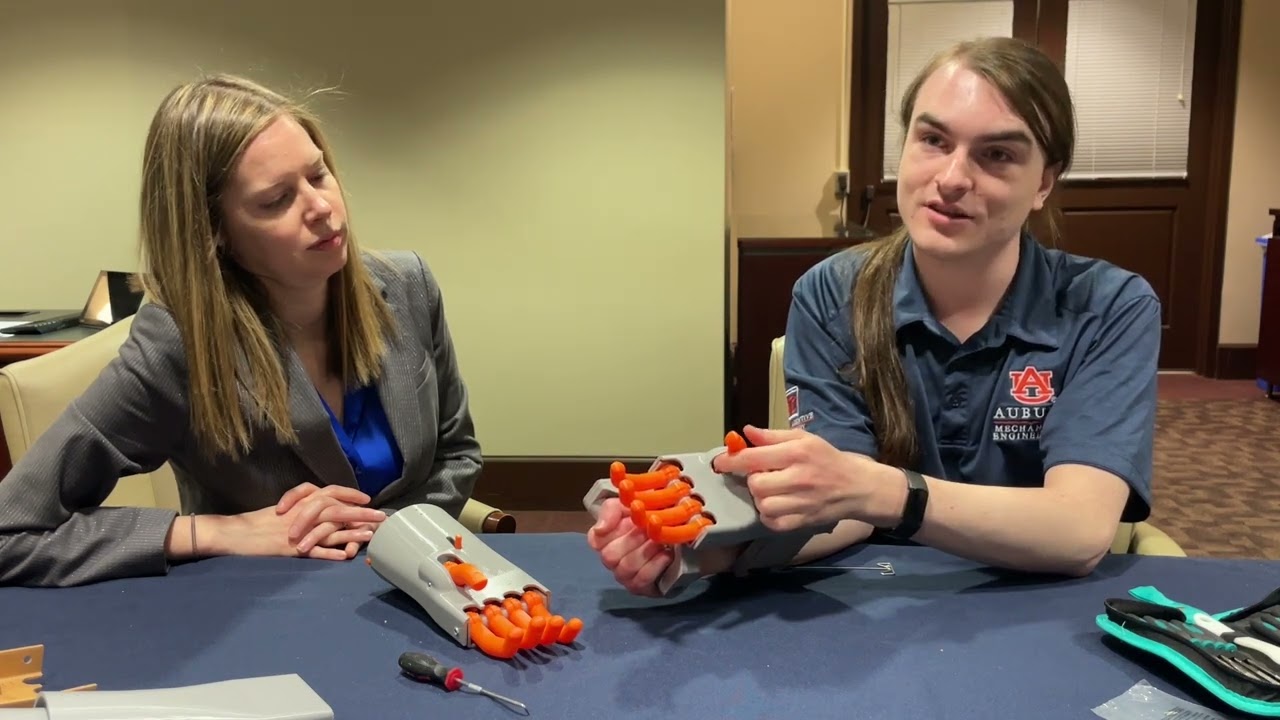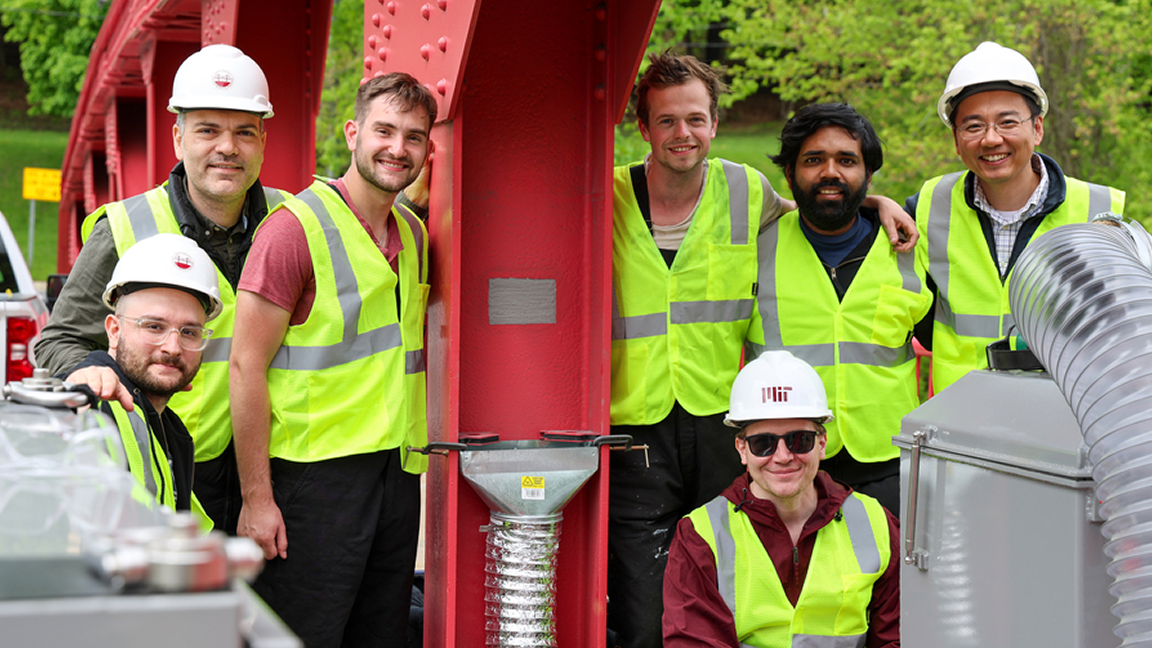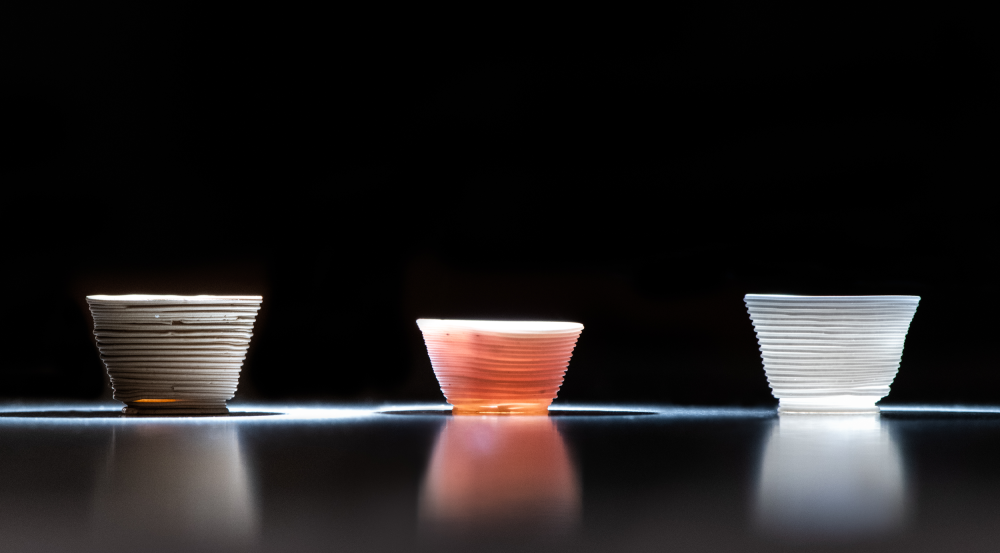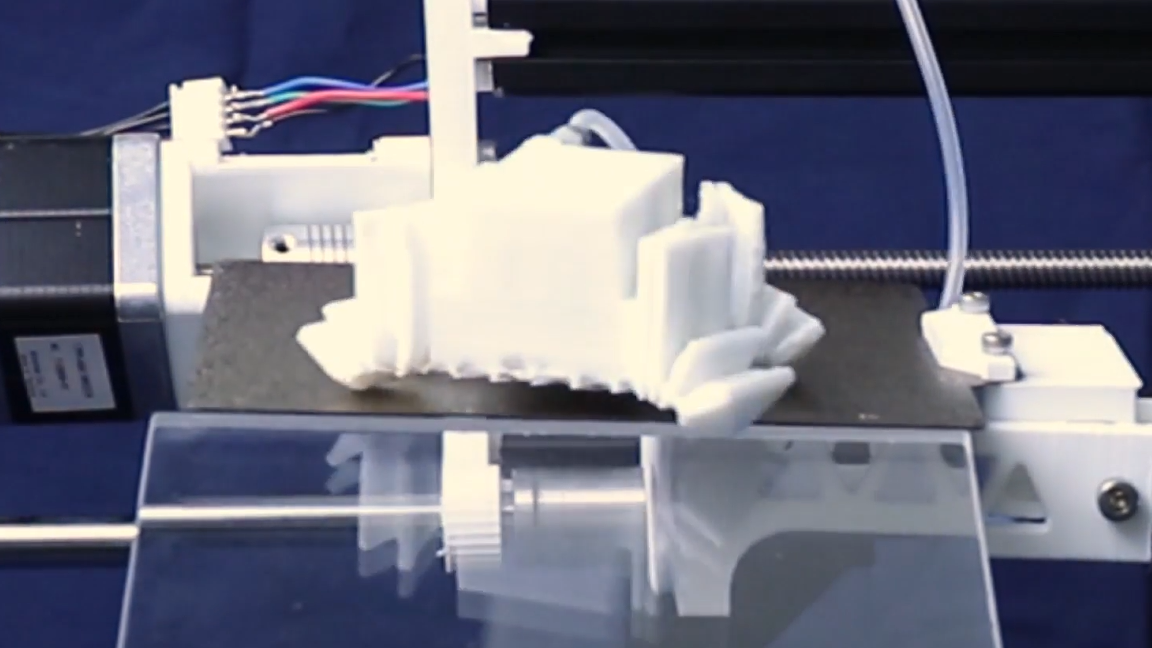The world of prosthetics has been changed forever thanks to the advent of 3D printing. We recently covered a story about a gentleman who received a 3D-printed face repair. Today, however, we’ve got a 3D printed replica of a 16th century wrought iron prosthetic hand put together by researchers at Auburn University.
Kassel Hand Project: Tips & Tricks to Operate the Model – YouTube  Watch On
Watch On
3D printing this historical prosthetic is another way for researchers to interact with history and better understand what life was like for amputees during the Renaissance era. The team decided to use a real artifact as a point of reference so they could understand its mechanisms and also test the performance of the design.
The team ultimately decided to use what’s known as the “Kassel Hand”. This is a prosthetic hand from the 1500s assessed to be German in origin. The Kassel Hand is one of just a few European mechanical prosthetics to have survived from the Renaissance era. The team replicated its design as precisely as possible so they could 3D print the most exact replica possible.
You may like
-
 MIT researchers repair bridges by 3D printing steel onto corroded beams
MIT researchers repair bridges by 3D printing steel onto corroded beams -
![]() Team creates 3D-printed “soft robot” that walks off the machine that made it
Team creates 3D-printed “soft robot” that walks off the machine that made it -
 MIT researchers crack 3D printing with glass
MIT researchers crack 3D printing with glass
The researchers tested the hand’s ability to hold objects and were impressed to find it could support up to 20lbs—and that’s with PLA filament manufacturing, not iron like the original. You can see a demo video in which the hand is used to grasp and maintain hold of a cup. The fingers will remain in place until the release lever is triggered.

